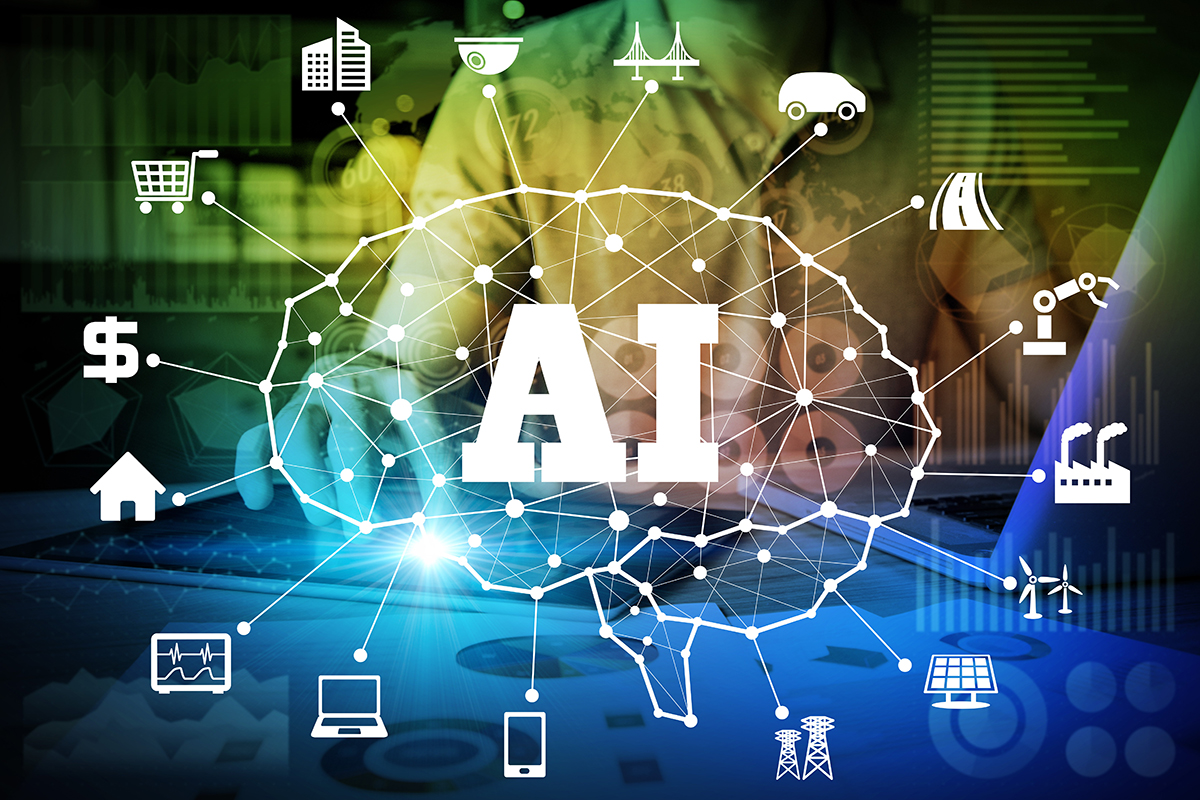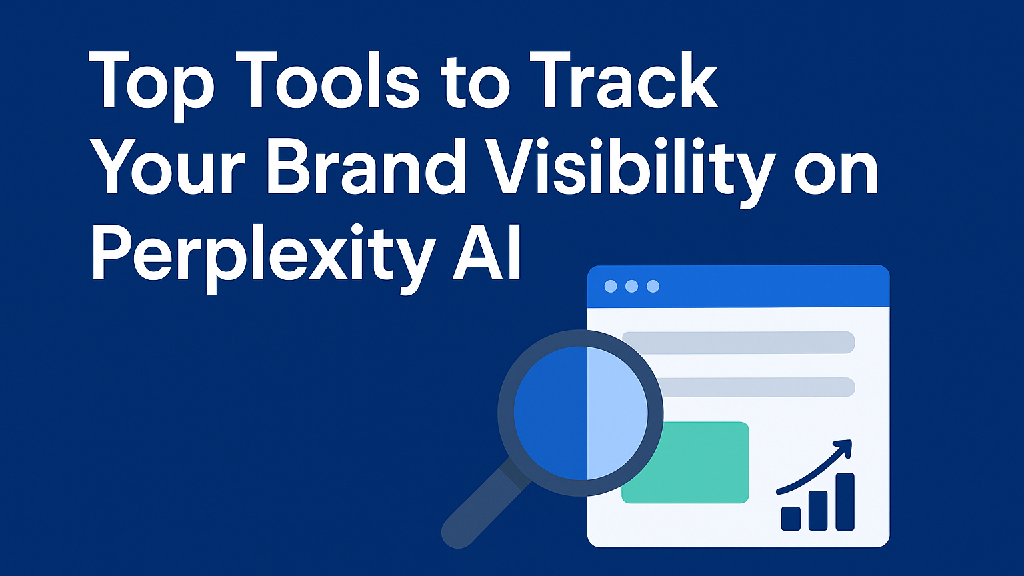Boost Efficiency with AI Tools
Are you feeling overwhelmed trying to stay on top of your daily optimization with AI workflow? As tasks pile up and things slip through the cracks, you likely daydream about gaining back those lost hours. What if you could hand off repetitive tasks to an assistant who works 24/7 without complaint?
Artificial intelligence (AI) is that digital helping hand you’ve been waiting for. Implementing AI solutions into your workflows can save up to 30% of your workweek, according to McKinsey research.

Follow these best practices to streamline workflows using AI. First, we’ll assess where you’re getting bogged down in mundane work. Then, after evaluating different AI tools, consider taking a data scientist course to deepen your understanding. Next, integrate automated solutions across key areas like customer service, reporting, and invoice processing.
You’ll learn how to customize AI to your unique needs with no-code platforms.
We’ll also cover implementation tactics tailored for long-term adoption. Soon you’ll measure the incredible results of decluttered workflows, saving your business both time and money. The future of efficient work is here - are you ready to integrate AI?
Identify Repetitive Tasks
The first step towards streamlining workflow is to analyze current processes to identify mundane and repetitive tasks that can be automated. Examine areas where employees get bogged down in administrative work like manual data entry, reporting, content writing, and other routine responsibilities.
These repetitive tasks are prime targets for AI automation. For example, data entry for things like customer info, sales, inventory, etc can leverage AI data ingestion and classification tools to import and organize information with little human oversight. Reporting is another area where AI excels - natural language algorithms can turn data into written summaries.
Content writing also benefits from AI automation for first drafts of things like product descriptions, taglines, web content, etc. The key is determining high-volume repetitive tasks where AI can save the most time.
Evaluate AI Writing Software
AI writing software uses natural language processing to generate original written content. The most advanced tools can ingest background context and data points to produce articles, social media posts, blog content, and more tailored to an organization's needs. Compared to hiring marketing staff, AI writing tools provide huge time and money savings.
They also allow for instant content scaling, versioning, localization, and customization. For example, an e-commerce site can automatically generate daily product descriptions personalized to each user segment. The AI continually improves its writing via machine learning algorithms. And it never tires, works 24/7, and costs a fraction of human writers.
Companies like Frase, Copysmith, and INK provide enterprise-grade AI writing platforms to evaluate. Output quality continues to improve as the underlying natural language models are trained on larger datasets.
Integrate AI Across Key Workflow Areas
Many workflow areas are ripe for AI integration. Customer service can leverage chatbots that use NLP to understand inquiries and respond appropriately without human agents. Tools like Ada and Hubspot's Conversations make chatbot creation easy.
For content creation, beyond AI writing software generating blog posts and social media content, AI can create data-rich reports, product descriptions, and more. In analytics, pattern identification from big datasets is streamlined via AI - highlighting trends, anomalies, etc.
For data-heavy workflows, AI excels at correlating information and answering questions by crunching numbers that would take analysts weeks. Workflow software like Zapier, Automate.io, and IFTTT allow no-code integration of AI across multiple business systems - linking CRMs, analytics, calendars, and productivity software.
Create Customized AI Solutions
No code AI platforms from companies like Anthropic allow anyone to build customized AI solutions tailored to their specific workflow constraints without needing data science expertise. These intuitive dashboards make creating and deploying AI as easy as using a simple app.
Imagine streamlining an accounting workflow by creating an AI assistant to process invoices automatically as they arrive - extracting key details, cross-checking against databases, highlighting discrepancies, and approving payment. An AI scheduler can manage calendars across departments, optimally booking meetings and events based on employee availability and other constraints.
The use cases are endless. Custom AI can integrate directly into your existing software environment using simple APIs. Maintaining flexibility is key so solutions can adapt to an ever-changing business landscape.
Best Practices For Implementation
Implementing workflow AI requires care to ensure high adoption rates. Phase in solutions slowly starting with non-critical workflows. Continuously train AI models by having staff critique and fix bad outputs, improving accuracy over time.
Maintain human checks and oversight when deploying to sensitive areas like financials or legal. Foster digital literacy via lunch-and-learns explaining how the AI works to alleviate fears over job loss. Track quantified metrics pre and post-AI integration to measure hard cost and time savings. And solicit direct user feedback to identify areas of friction.
Refine the solutions to boost satisfaction and usage rates. With deliberate planning guided by best practices, AI integration can declutter workflows company-wide.
Measure Results and Iterate
To determine the true impact of AI workflow integration, companies need to monitor key metrics before and after launch closely. Quantifying the cost and time savings demonstrates hard ROI and builds the business case.
Set KPIs tailored to workflow efficiencies around 3 key areas - human time spent, costs, and errors. Capture granular metrics on employee hours invested weekly pre-AI. Then track again post-launch to calculate total time savings, highlighting recovered hours. For costs, pull data on previous outsourcing, software, and other expenses required, and compare after integrating solutions like AI writing tools.
Errors require tallying historical defect rates that AI directly eliminates - missed appointments, incorrect data entry, etc. Companies should determine target ROI timeframes - e.g. aim to save 20% in 6 months through AI efficiencies. Dashboards centralize all tracked metrics into dynamic visualizations that are updated in real time as new data flows in.
However, optimizing AI workflow integration doesn’t end at measuring pure efficiency gains. Gather direct user feedback through surveys, focus groups, and interviews. This identifies areas of friction - instances where AI fails or creates more work. Periodically retrain machine learning algorithms using this feedback to improve accuracy.
And refine the user experience around built-in notifications, transparency, convenient overrides, etc based on behavioral observations and support tickets. Continuously experiment with AI stability before rolling out upgrades wider. With iterative improvements across metrics, cost savings, and user adoption, AI workflow integration success reaches its full potential over time. Proving ROI accelerates expansion into other untapped areas.
Conclusion
Implementing AI will transform your outdated workflows almost overnight. Mundane tasks magically disappear as chatbots, automated content generators, and custom AI solutions filter into daily processes.
Employees happily regain 15-30% of their workweeks while your business tracks optimization via targeted metrics. Now is the time to take control of scalable efficiency gains through proven AI integrations.
Follow the step-by-step guide outlined here to evaluate AI tools, tailored integration blueprints, measured results, and continuous refinements that put workflows on auto-pilot. Say goodbye to monotonous work, high costs, and process friction by enlisting your new digital assistant - AI.








